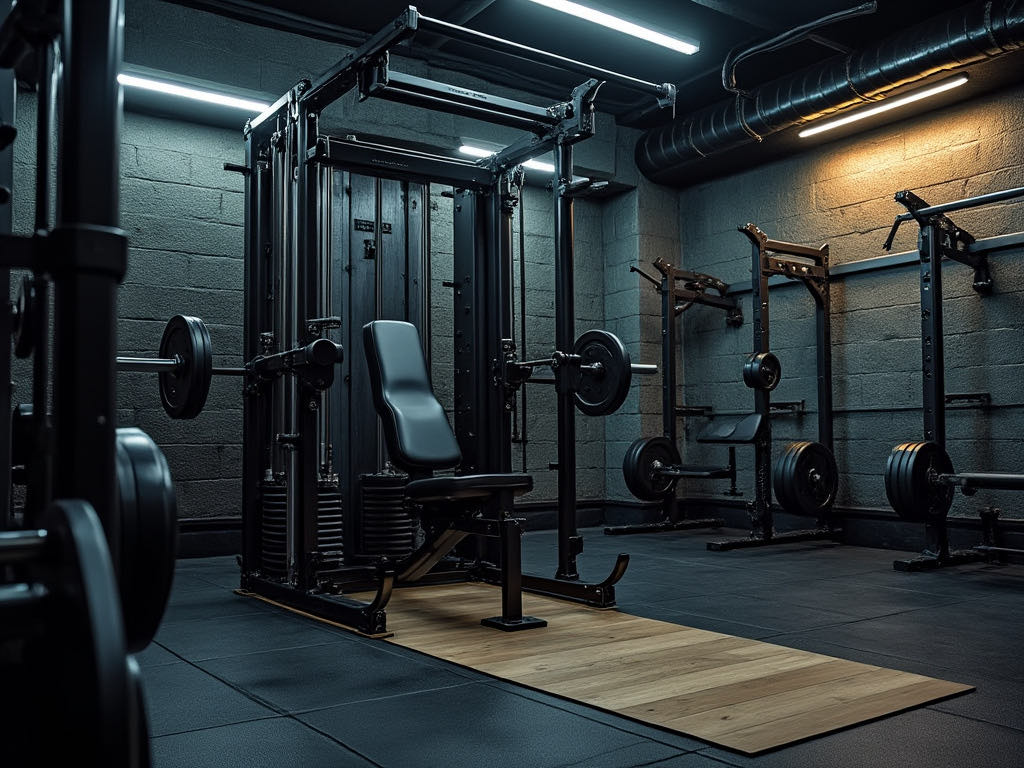Ultimate Guide to Calf Muscle Training
Published By GainzTracker, 29th September 2024

Ultimate Guide to Calf Muscle Training
Why You Should Train Your Calves
calves are often one of the most neglected muscle groups in a workout routine. However, they play a vital role in athletic performance, balance, and overall leg aesthetics. Well-developed calf muscles improve your strength for running, jumping, and even walking, making them an essential part of your fitness journey. In this guide, we'll cover the most effective ways to grow calf muscles and achieve balanced leg development.
Understanding Calf Muscles
The calf is made up of two major muscles:
- Gastrocnemius: The larger, outer muscle that gives the calves their visible shape.
- Soleus: A deeper muscle located beneath the gastrocnemius, responsible for endurance and stability.
Both muscles need to be trained for maximum growth and function. The gastrocnemius responds well to heavier weights and standing exercises, while the soleus benefits from seated movements with a higher rep range.
Top Calf Exercises for Muscle Growth
Standing Calf Raise
This is the go-to exercise for targeting the gastrocnemius. You can perform standing calf raises with or without weights. Here's how to do it correctly:
- Stand with your feet shoulder-width apart.
- Rise onto the balls of your feet, squeezing your calves at the top.
- Lower your heels slowly to feel the stretch at the bottom of the motion.
- Repeat for 3-4 sets of 10-15 reps.
Seated Calf Raise
To fully target the soleus muscle, seated calf raises are a must. This movement isolates the lower part of your calves, helping build endurance and stability.
- Sit on a calf raise machine or bench with a barbell or weight plate resting on your thighs.
- Push through the balls of your feet to lift your heels as high as possible.
- Lower your heels back down in a controlled manner.
- Aim for 3-4 sets of 15-20 reps.
Donkey Calf Raise
The donkey calf raise is an underrated exercise that stretches and contracts the calves under a full range of motion. This exercise can be performed on a machine or with body weight.
- Position yourself with your hands on a bench and your hips hinged forward.
- Lift your heels off the floor while keeping your knees slightly bent.
- Pause at the top, then slowly lower your heels.
- Perform 3 sets of 12-15 reps.
Tips for Maximizing Calf Growth
- Full Range of Motion: Always lower your heels fully and extend them completely at the top of each rep for maximum muscle engagement.
- Progressive Overload: Gradually increase the weight or intensity of your exercises to continuously challenge your calf muscles.
- High Frequency: Train your calves two to three times a week. Since they are a smaller muscle group, they can handle frequent training.
- Mix Up Rep Ranges: Use a combination of low reps with heavy weight and high reps with lighter weight to target both strength and endurance.
- Stretch and Recover: Stretch your calves after every workout to increase flexibility and promote recovery. This can help prevent injuries and tightness.
Common Calf Training Mistakes
- Skipping Calf Workouts: Don’t neglect your calf muscles. Consistency is key to making progress.
- Too Much Weight: Using excessive weight can compromise form and limit range of motion, reducing effectiveness.
- Not Varying Exercises: Switch up your routine regularly to hit the calf muscles from different angles and keep them growing.
Conclusion
Training your calf muscles may not seem as exciting as working on your quads or chest, but it is essential for overall leg development and athletic performance. By incorporating exercises like standing and seated calf raises, along with progressive overload and proper form, you can grow strong, defined calves. Stay consistent, challenge yourself with heavier weights, and watch your calves improve over time.
Disclaimer: The information provided in this article is for educational purposes only and is not intended as a substitute for professional medical advice, diagnosis, or treatment. Always consult with a healthcare provider before beginning any exercise program. Use caution when performing exercises to avoid injury.